Motion Pictures in the Eighteenth Century
Earlier this summer, Sotheby’s offered a rare set of five landscape transparencies by Carmontelle (many of you will remember the 2006 exhibition at The Getty of related materials). Estimated to fetch £350,000-500,000, the paintings, in fact, did not sell. Press release from 1 July 2011:

Louis Carrogis called Carmontelle, Set of five landscape transparencies, from the "Campagnes de France," gouache and watercolour; one on six joined sheets of paper, and two others on four joined sheets, all with various minor additional strips at the edges (Photo: Sotheby's)
◊ ◊ ◊ ◊ ◊
Sotheby’s London Sale of Old Master and British Drawings [Sale L11040] on July 7th and 8th 2011 will present for sale a range of important drawings from the 16th to the 19th centuries. In addition to works by artists Hans Bol, Jacopo Ligozzi, Joseph Mallord William Turner and John Constable, a remarkable highlight of the sale is a set of five astonishingly original landscape transparencies From The ‘Campagnes de France’ by Louis Carrogis called Carmontelle (1717-1806), estimated at £350,000-500,000 [Lot 111]. Commenting on the forthcoming sale, Gregory Rubinstein, Worldwide Head of Sotheby’s Old Master Drawings Department said, “We are extremely pleased to be offering these remarkably rare transparencies which not only offer a contemporary account of the French aristocracy during the final years of the ancien régime, but also represent an important step in the journey towards the emergence of perhaps the most influential art form of the 20th century – the motion picture.”
These five landscape transparencies are extremely rare examples of a highly original, but today almost unknown, art form that Carmontelle himself invented, and with which he utterly captivated the French aristocracy during the final years of the ancien régime. Originally, these landscapes, painted on translucent paper, would have formed part of a single, hugely long panoramic landscape, which would have been rolled up, to be viewed by being wound through
a backlit viewing box, as a proto-cinematic theatrical event. As the scene unfolded, frame by frame, Carmontelle would provide an entertaining commentary, complete with a description of the events depicted and much imagined dialogue between the protagonists, as well as music and a variety of other sound effects. These panoramic transparencies were conceived as a continuous narrative of a single trip through the landscapes, parks and gardens of the areas on the outskirts of Paris where the artist’s aristocratic audience had their country retreats. Between 1783 and 1790, Carmontelle made nine such enormous transparencies, which he collectively titled Campagnes de France ornées de ses jardins pittoresques appelés jardins anglais. Of the initial series of nine transparencies dating from 1783 and 1792, it appears that none survive complete, and indeed relatively little survives at all. The largest surviving section, in a private collection, measures 20m in length, while the Musée Condé, Chantilly, has a section measuring 12.6m in length, and the Getty Museum, Los Angeles has another measuring 3.77m in length. The five sections now offered for sale are the only other recorded survivals from these crucial works.
Both in their technical originality and in their remarkable blurring of the boundaries between art, theatre and spectacle, these remarkable landscapes embody the essence of the spirit of the Enlightenment. They are also very moving documents of the last days of the French ancien régime, as they owe not only their subject matter but their very existence to the extraordinary privilege and leisure of the aristocracy in the years leading up to the Revolution. But their significance is not only in relation to their own time. The fact that so few examples of this remarkable precursor of the cinematic film have survived make the present works all the more significant. Over a period of twenty years Carmontelle made 12 rolls, of which only 1 or 2 remain. . . .

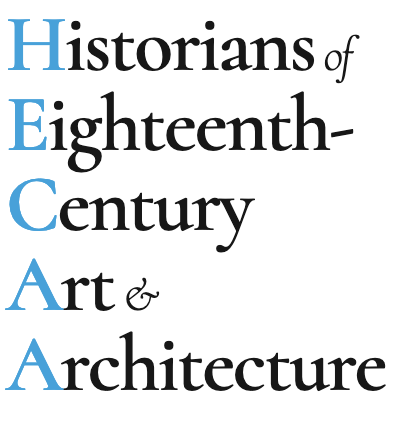

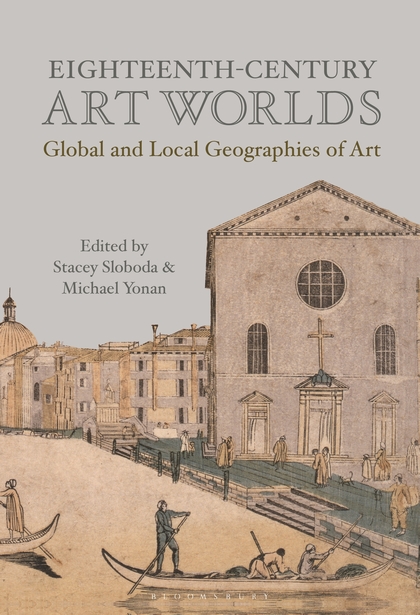

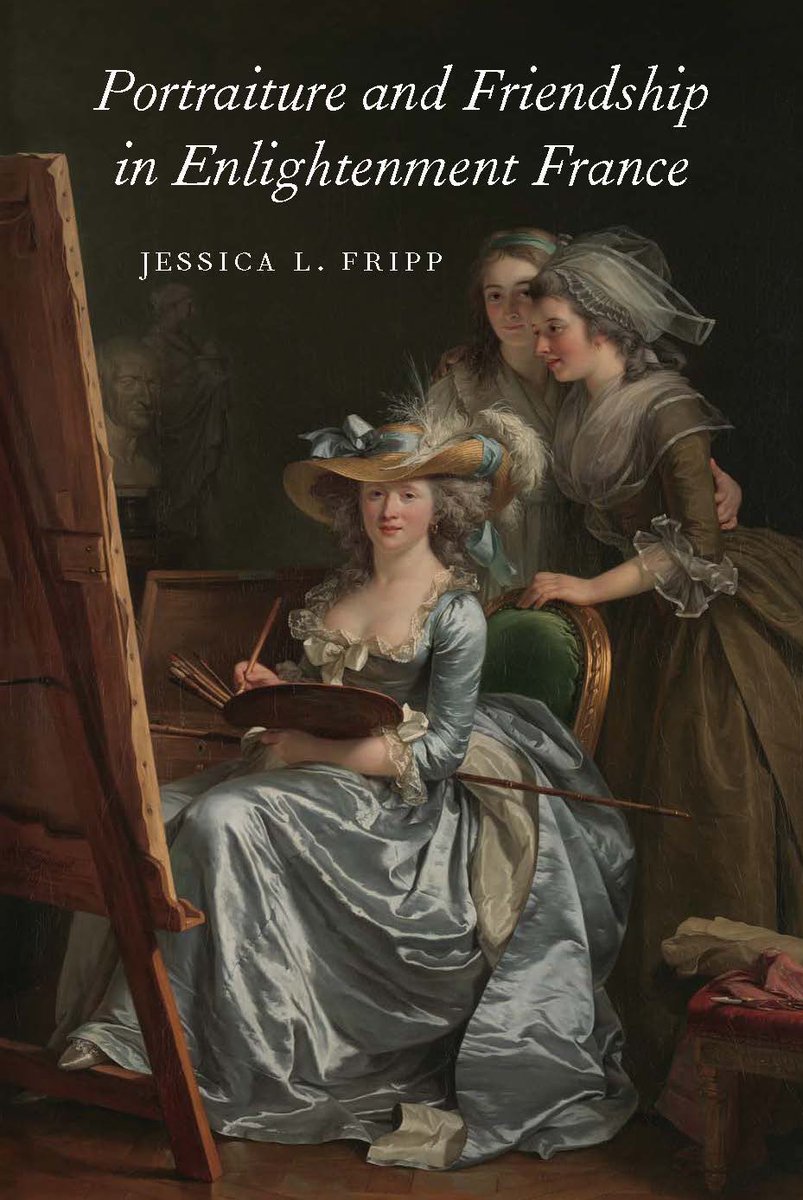















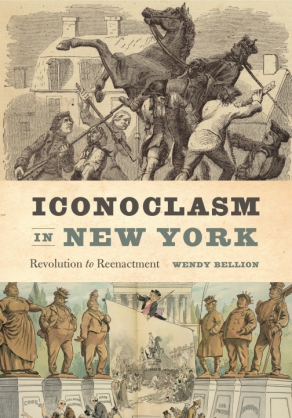



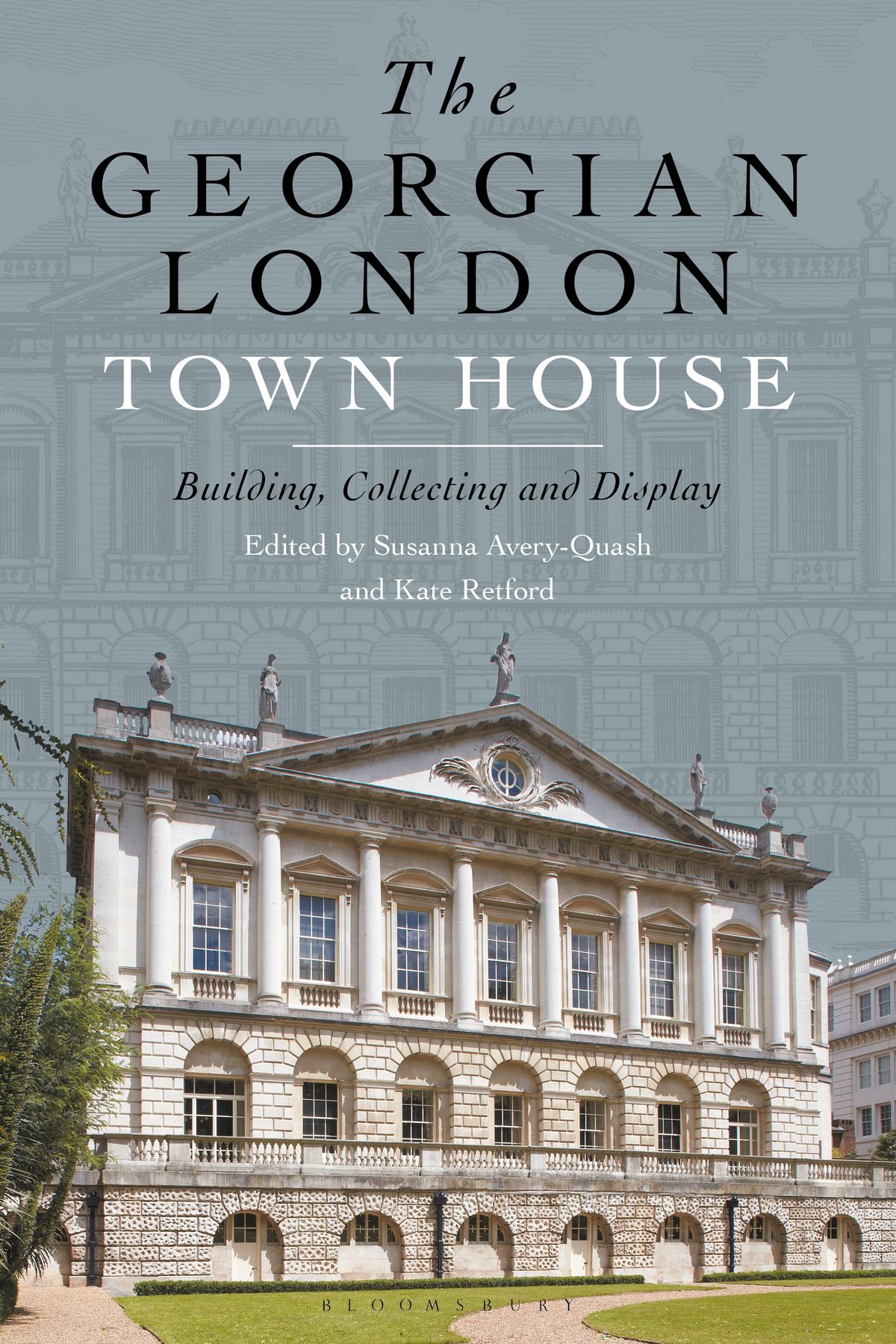


leave a comment